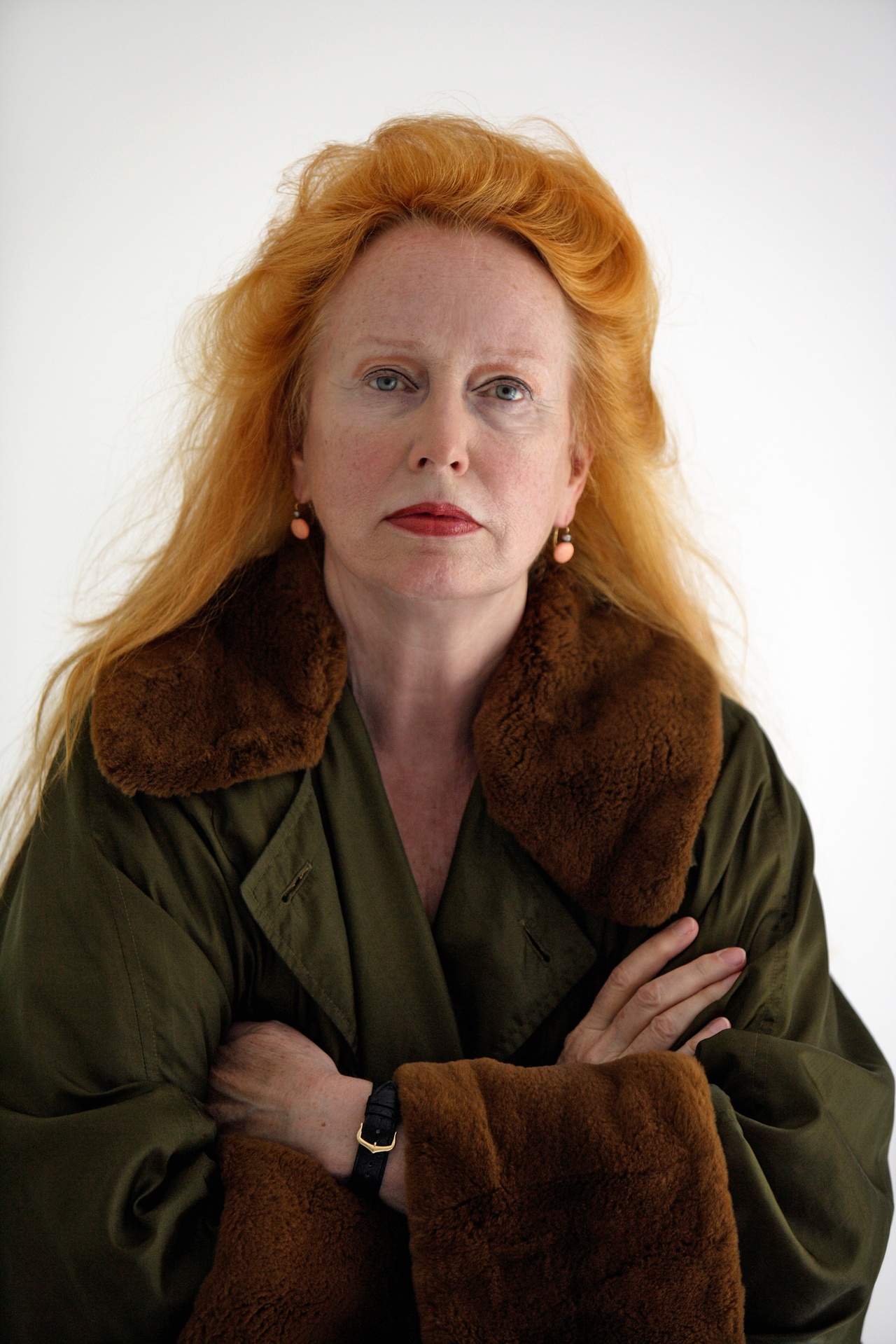REBECCA HORN (1944–2024) by Andrea Lissoni

Rebecca Horn
It was with deep sadness that I received the news of Rebecca Horn’s passing. With her, we have lost one of the most influential German artists of our time. It was a profound privilege to present her retrospective at Haus der Kunst, and her spirit will continue to resonate through her works within the walls of our building.
I have been a long-standing admirer of Rebecca. Her works in public spaces in Italy – in Torino, in Napoli – have moved and influenced entire generations since the 1990s. We first met in person, together with Nicholas Serota, at the Moontower Foundation in 2015 to prepare her first-ever retrospective of short and feature-length films, at Tate Modern in London in May 2016. This was only a few days ahead of the opening of the new Herzog & de Meuron building, where we dedicated an entire gallery to her early works. In 2019, also at Tate Modern, we presented an important selection of her installations in the Tanks, where a cross section of her early 1970s performance films was being displayed for the first time. These were all – as newly digitized film footage – at the center of her survey show at Haus der Kunst.
The visits at Horn’s Moontower Foundation in Bad König, alongside her 2019 exhibitions in Basel at Museum Tinguely and at Centre Pompidou Metz, convinced me of the necessity of a new major exhibition of her works, opening up a new perspective on Rebecca Horn’s practice grounded in her importance for younger generations. We started to plan this immediately after I began as artistic director at Haus der Kunst in Munich. Already in 2020, during the pandemic, Jana Baumann and I visited Rebecca together and offered her a new show, which she accepted with great pleasure and energy. Rebecca was particularly excited to exhibit at Haus der Kunst, not least because of the dark history of the origins of the building but especially for its international program that has existed since the 2000s.
We are honored that Rebecca Horn could visit the exhibition on the day of the opening, greeting her friends and experiencing her work in such an ambitious display for the final time. And we are grateful to Karin and Peter Weyrich, her longtime collaborators, who made that dream possible. I recall her appearance in the galleries as one of the most emotional moments of recent years.
Rebecca Horn’s practice has been unique and trailblazing. She engaged with media in an inventive new way; anticipated current preoccupations of younger generations such as the posthuman condition and the human-animal relationship; engaged with the centrality of the body, its transformations, and its becoming more and more artificial; and challenged the canons and stereotypes of art history. Rebecca belongs to a generation of a few cosmopolitan, ambitious, visionary, and groundbreaking women artists who set a unique path, in dialogue with the main movements and artists of their time while also being ahead of the times. She was a forerunner in many fields. In particular, I would like to highlight that she was the first artist to ever realize actual feature films, conceived for the cinema, ahead of the wave of such projects that exploded in the 1990s across younger generations of artists.
There is no doubt that Rebecca Horn’s legacy will be long-standing: her artworks will continue to surprise and influence artists, filmmakers, choreographers, dancers, musicians, writers, programmers, and everyone of all ages and backgrounds who encounter them.
Andrea Lissoni ist seit 2020 künstlerischer Direktor am Haus der Kunst in München. Sein kuratorisches Programm basiert auf einem transdisziplinären und transgenerationalen Ansatz, bei dem alle Bereiche künstlerischer Praktiken eng verbunden sind. Im April 2022 startete er die Sound- und Musik-Residency-Reihe „TUNE“ und eine Reihe von miteinander verknüpften Ausstellungen von Fujiko Nakaya, Dumb Type, Carsten Nicolai, Christine Sun Kim, Tony Cokes und Karrabing Film Collective. Die Reihe wurde mit „Inside Other Spaces. Environments by Women Artists 1956–1976“ neben Ausstellungen von WangShui, Martino Gamper und Meredith Monk fortgesetzt und entwickelte sich im Frühjahr 2024 mit Einzelausstellungen von Pan Daijing, Liliane Lijn, Rebecca Horn und Pussy Riot weiter.
Image credit: © Rebecca Horn – Moontower Foundation / VG Bild-Kunst, Bonn, 2024, photo Gunter Lepkowski

